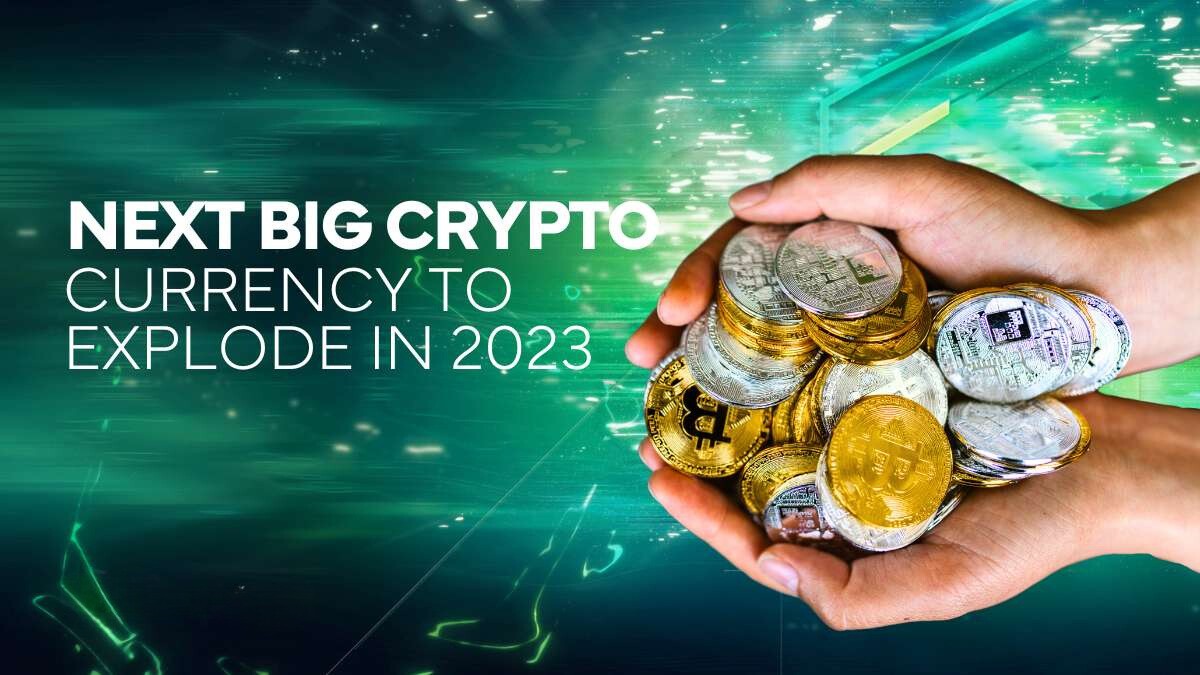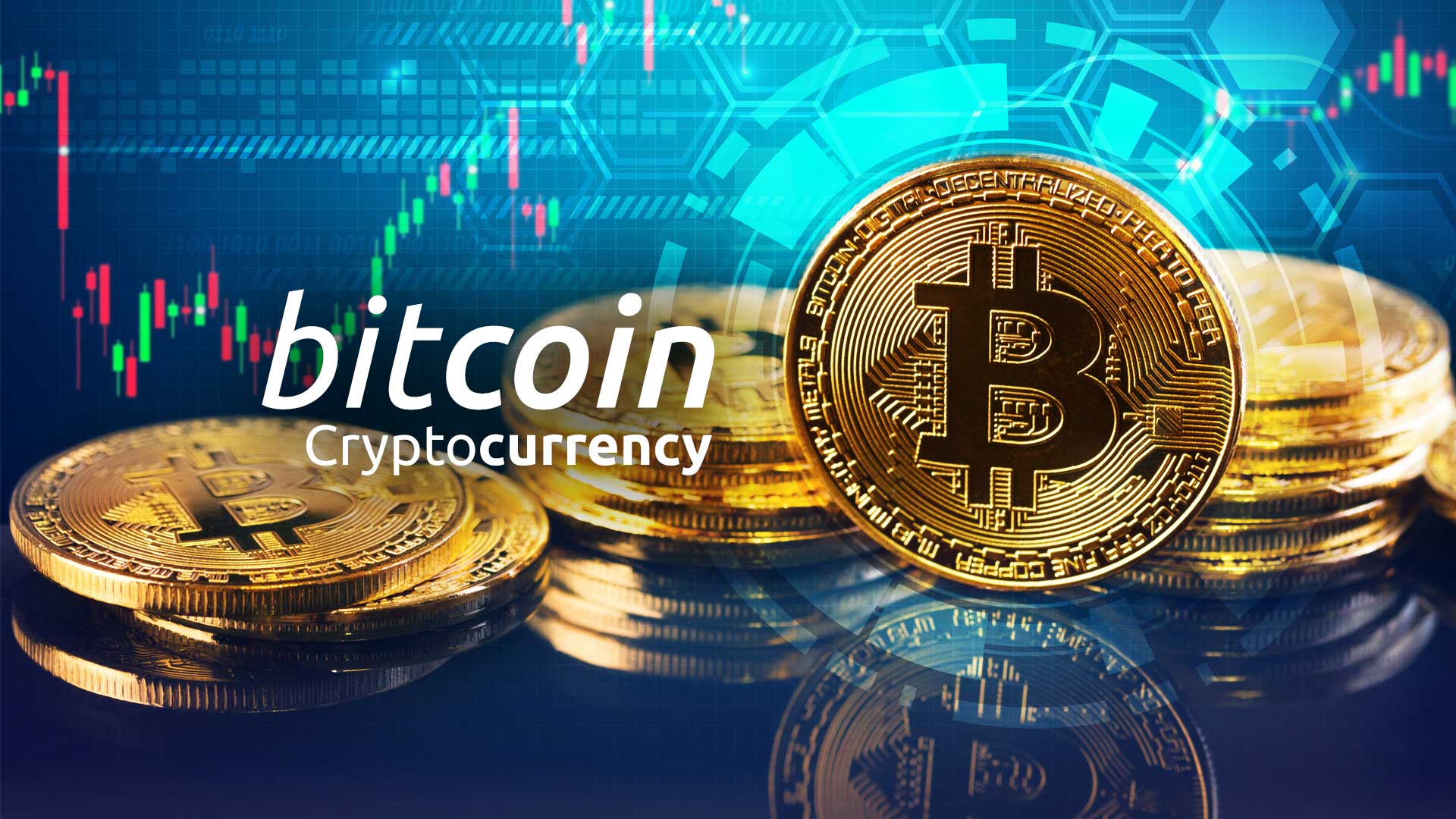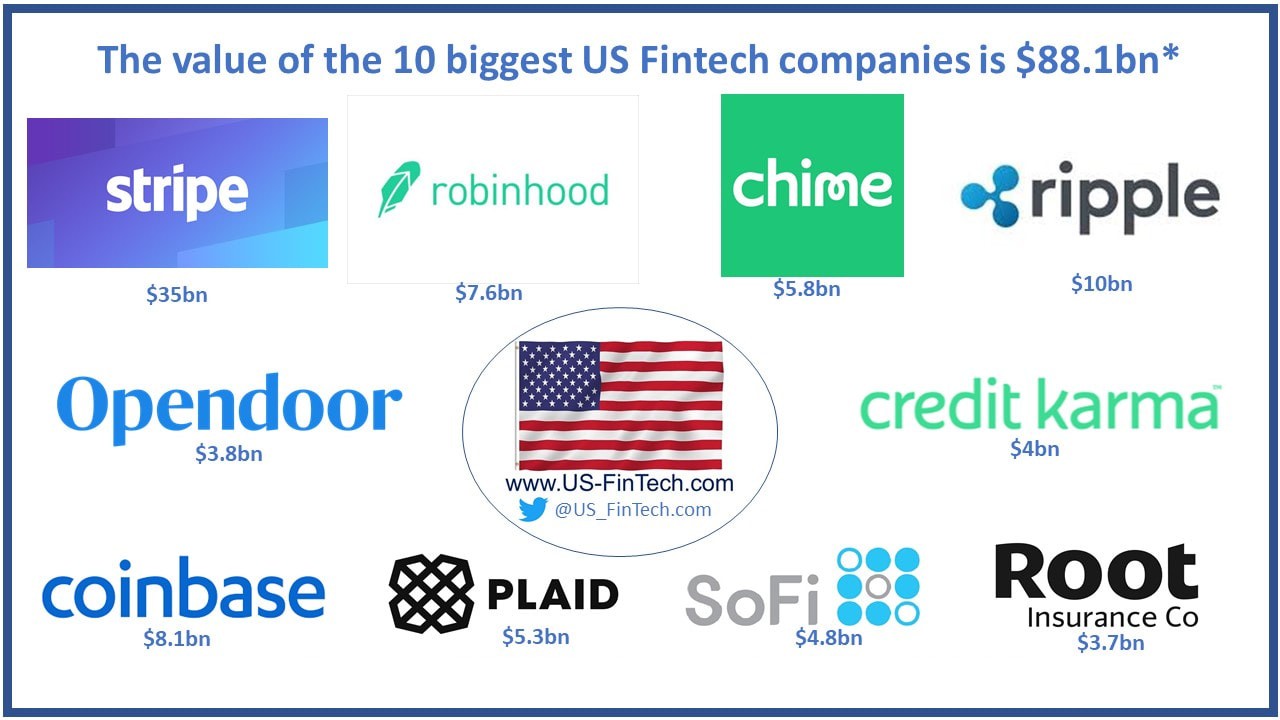Introduction
The world of finance is undergoing a major shift as digital currencies gain momentum and widespread adoption. Bitcoin, the pioneering cryptocurrency, paved the way for a new decentralized financial system. However, as the cryptocurrency market continues to grow, investors and enthusiasts are constantly on the lookout for the next big thing. In this article, we will explore the realm of digital currencies and delve into the exciting prospects of emerging alternatives.
Digital currencies, also known as cryptocurrencies, are virtual or digital assets that utilize cryptography for secure financial transactions. Unlike traditional currencies issued and regulated by central authorities like banks and governments, digital currencies operate on decentralized platforms called blockchain. This revolutionary technology ensures transparency, immutability, and security in financial transactions.
While Bitcoin initially captured the attention of the world with its potential for decentralized and borderless transactions, its success ignited a wave of innovation in the digital currency space. As a result, several other cryptocurrencies have emerged to offer unique features and address specific market needs.
Investors and traders are constantly searching for the next digital currency that could skyrocket in value and provide substantial returns. However, it is crucial to understand the factors that contribute to the success of a digital currency before diving into the market. Market demand, adoption rate, technological advancements, and regulatory landscape all play a significant role in determining a digital currency’s potential for success.
In the following sections, we will explore the current top digital currencies and the emerging alternatives that show promise. Additionally, we will examine the technical innovations driving the evolution of digital currencies and provide insights on important factors to consider when investing in this ever-changing market.
Whether you are an investor looking for the next major opportunity or simply a curious enthusiast keeping tabs on the digital currency landscape, this article will provide valuable insights into the world of digital currencies and the potential they hold for the future of finance.
What Makes a Digital Currency Successful?
As the digital currency market continues to evolve, it is essential to understand the key factors that contribute to the success of a digital currency. While there is no one-size-fits-all formula, certain common elements impact the growth and acceptance of cryptocurrencies.
1. Market Demand: A successful digital currency addresses a specific market need or solves a real-world problem. It provides unique features or advantages that differentiate it from existing cryptocurrencies. Understanding the market demand and identifying a niche that is not adequately served can be a crucial factor in the success of a digital currency.
2. Adoption Rate: Wide-scale adoption is critical for the success of a digital currency. The more businesses and individuals accept and use a particular cryptocurrency, the more valuable it becomes. Collaboration with merchants and service providers to integrate the digital currency into their systems can greatly enhance its acceptance and usability.
3. Technology and Innovation: The underlying technology of a digital currency plays a vital role in its success. A robust and secure blockchain platform, efficient consensus mechanisms, and innovative features can attract developers, investors, and users. Continuous research and development to improve scalability, privacy, and transaction speed are also essential factors for long-term success.
4. Regulatory Landscape: Regulatory clarity and a supportive legal framework are crucial for the success of digital currencies. Governments and regulatory authorities are increasingly recognizing the importance of cryptocurrencies and blockchain technology. Well-defined regulations that provide security, consumer protection, and facilitate innovation can foster confidence among investors and users.
5. Community and Governance: The strength and engagement of the community surrounding a digital currency are significant indicators of its success. An active and supportive community can drive adoption, contribute to the development of the ecosystem, and provide valuable feedback. Effective governance structures that ensure transparency, decision-making, and address community concerns are also essential.
6. Scalability and Sustainability: Digital currencies that can handle increased transaction volumes without compromising speed, security, and cost efficiency are more likely to succeed. Scalability solutions such as layer 2 protocols, sharding, or improved consensus algorithms are necessary to accommodate growing demands. Additionally, economic models and mechanisms that incentivize network participants and ensure the sustainability of the digital currency are vital.
Current Top Digital Currencies
The digital currency market is flooded with numerous cryptocurrencies, each offering unique features and opportunities. While the rankings of digital currencies are subject to change due to market fluctuations, there are several prominent cryptocurrencies that have established themselves as the current leaders in the space.
1. Bitcoin (BTC): As the pioneer of cryptocurrencies, Bitcoin remains the most well-known and widely adopted digital currency. It boasts a solid track record, proven security, and strong liquidity. Bitcoin has established itself as a store of value and a medium of exchange, with many institutions and individuals embracing it as a digital alternative to traditional currencies.
2. Ethereum (ETH): Ethereum introduced the concept of smart contracts and has become the foundation for decentralized applications (dApps) and blockchain-based projects. With its native cryptocurrency Ether, Ethereum has gained immense popularity among developers and entrepreneurs looking to build decentralized applications and launch initial coin offerings (ICOs).
3. Binance Coin (BNB): Binance Coin, the native cryptocurrency of the Binance exchange, has seen significant growth in recent years. BNB is widely used for trading fee discounts on the Binance platform and has expanded its utility through various initiatives, including the Binance Launchpad for token sales and the Binance Smart Chain for decentralized applications.
4. Ripple (XRP): Ripple aims to revolutionize cross-border transactions by providing fast, low-cost, and secure remittance services. Ripple’s native cryptocurrency XRP is used as a bridge currency to facilitate transfers between different fiat currencies. The technology and partnerships established by Ripple have led to its adoption by a growing number of financial institutions.
5. Cardano (ADA): Cardano is a blockchain platform that aims to provide a secure and scalable infrastructure for the development of decentralized applications and smart contracts. It focuses on research-driven development, peer-reviewed code, and a sustainable governance model. Cardano’s native cryptocurrency ADA has gained attention for its environmentally friendly proof-of-stake consensus algorithm.
6. Litecoin (LTC): Created as a “lite” version of Bitcoin, Litecoin offers faster transaction confirmation times and a different hashing algorithm. It has gained a substantial following and is often considered a reliable alternative to Bitcoin for everyday transactions.
7. Polkadot (DOT): Polkadot is a multi-chain platform that enables different blockchains to interoperate and share information, allowing for improved scalability and innovation. Its native cryptocurrency DOT plays a crucial role in the network’s governance, staking, and bonding mechanisms.
8. Chainlink (LINK): Chainlink has made notable strides in the realm of decentralized oracles, providing secure and reliable real-world data to smart contracts. LINK, the native cryptocurrency of Chainlink, serves as a utility token for accessing and utilizing oracle services on the network.
These digital currencies represent a mix of established cryptocurrencies with proven track records and innovative projects with promising futures. However, it is important to conduct thorough research and assess individual investment goals before considering any investment in digital currencies.
Emerging Digital Currencies to Watch
The digital currency market is dynamic and constantly evolving, with new cryptocurrencies emerging regularly. While investing in emerging digital currencies carries inherent risks, keeping an eye on these up-and-coming projects could present exciting opportunities for investors and enthusiasts alike.
1. Solana (SOL): Solana is a high-performance blockchain platform that aims to provide fast, scalable, and decentralized solutions for developers. It utilizes a unique combination of proof-of-history and proof-of-stake consensus mechanisms to achieve high throughput and low transaction costs. With its focus on scalability, Solana has attracted attention for its potential to support a wide range of decentralized applications and services.
2. Avalanche (AVAX): Avalanche is a decentralized platform that enables developers to create and launch custom blockchains and dApps with high throughput and low latency. It incorporates a consensus algorithm called Snowman, which offers fast finality and high security. Avalanche aims to provide an interoperable and scalable ecosystem that can support a variety of use cases, from decentralized finance to gaming and beyond.
3. Terra (LUNA): Terra is a blockchain-based platform that offers a stablecoin ecosystem. It aims to provide price-stable cryptocurrencies that can be used for everyday transactions and financial services. Terra’s stablecoins are collateralized by a native cryptocurrency called LUNA, which plays a crucial role in stabilizing the value of the stablecoins through an algorithmic mechanism.
4. Algorand (ALGO): Algorand is a blockchain platform that focuses on scalability, security, and decentralization. It utilizes a pure proof-of-stake consensus algorithm, ensuring fast and secure transaction finality. Algorand aims to provide the infrastructure for the development of decentralized applications and the tokenization of real-world assets.
5. Polygon (MATIC): Polygon, previously known as Matic Network, is a layer 2 scaling solution for Ethereum. It aims to address the scalability challenges of the Ethereum network by providing faster and cheaper transactions. Polygon enables developers to build and connect Ethereum-compatible blockchains, offering a seamless experience for users and developers.
6. VeChain (VET): VeChain is a blockchain platform focused on supply chain management and anti-counterfeiting solutions. It combines blockchain technology with IoT devices to create a transparent and traceable supply chain ecosystem. VeChain’s native cryptocurrency VET is used to facilitate transactions and incentivize participants within the network.
7. Filecoin (FIL): Filecoin is a decentralized storage network that allows users to rent out their spare storage space or purchase storage from providers. It aims to create an efficient and cost-effective solution for storing and retrieving data securely. Filecoin’s native cryptocurrency FIL is used for transactions and incentivizing network participants.
These emerging digital currencies represent innovative projects that are pushing the boundaries of blockchain technology. While they hold promise, it is important to conduct thorough research, evaluate the project’s fundamentals, and consider the risks before making any investment decisions. Following industry news, staying informed about updates and partnerships, and understanding the project’s roadmap can provide valuable insights into the potential of these emerging digital currencies.
Technical Innovations in Digital Currencies
As the digital currency market continues to evolve, technological advancements play a crucial role in shaping the landscape. Numerous technical innovations have emerged to address limitations and improve various aspects of digital currencies. These innovations aim to enhance scalability, privacy, security, interoperability, and usability. Here are some notable technical innovations in the field of digital currencies:
1. Layer 2 Scaling Solutions: Layer 2 solutions are designed to address the scalability challenges faced by blockchain networks. These solutions operate on top of existing blockchains and enable faster and cheaper transactions. Examples include Lightning Network for Bitcoin and state channels for Ethereum. Layer 2 solutions help alleviate network congestion and improve overall transaction throughput.
2. Privacy Enhancements: Privacy has been a significant concern in the world of digital currencies. Several innovative techniques, such as zero-knowledge proofs (ZKPs) and confidential transactions, have been developed to enhance privacy on public blockchains. Projects like Monero and Zcash implement privacy features, allowing users to transact anonymously.
3. Interoperability Protocols: Interoperability protocols enable different blockchains to communicate and share information seamlessly. These protocols facilitate the exchange of assets and data across multiple networks, creating a more connected and versatile ecosystem. Projects like Polkadot, Cosmos, and Aion focus on interoperability, allowing decentralized applications and blockchains to interact efficiently.
4. Consensus Mechanism Innovations: Consensus mechanisms are at the core of blockchain technology. Innovations such as proof-of-stake (PoS), delegated proof-of-stake (DPoS), and proof-of-authority (PoA) offer alternatives to the traditional proof-of-work (PoW) consensus mechanism. These mechanisms reduce energy consumption, increase transaction speed, and encourage wider participation in the network.
5. Smart Contract Development Frameworks: Smart contracts have revolutionized the way agreements and transactions are executed on blockchains. To simplify the development and deployment of smart contracts, frameworks like Ethereum’s Solidity and NEO’s NeoVM have been created. These frameworks provide developers with the tools and programming languages necessary to build and deploy smart contracts.
6. Cross-Chain Bridging: Cross-chain bridging solutions enable the transfer of assets and data across different blockchain networks. These solutions aim to connect disparate blockchains, allowing seamless interaction and interoperability. Projects like Chainlink, Polkadot, and Cosmos work on bridging technologies to facilitate cross-chain communication and asset transfers.
7. Improved User Experience: Enhancements in digital wallet technologies and user interfaces are making digital currencies more accessible and user-friendly. Mobile wallets and intuitive interfaces are simplifying the process of sending, receiving, and managing digital assets. Additionally, projects are focusing on improving transaction speeds and reducing fees to enhance the overall user experience.
These technical innovations are continuously transforming the digital currency landscape. They address critical challenges and pave the way for new possibilities in the financial world. It is important to stay informed about these developments as they shape the future of digital currencies and the broader blockchain ecosystem.
Factors to Consider When Investing in Digital Currencies
Investing in digital currencies can be an exciting and potentially lucrative opportunity. However, it’s essential to consider several factors before diving into the market. Here are some key considerations to keep in mind when investing in digital currencies:
1. Market Research: Conduct thorough research on the digital currency you are interested in. Understand its underlying technology, use case, market demand, and competition. Stay informed about the latest news and updates related to the project to make informed investment decisions.
2. Risk Assessment: Recognize that investing in digital currencies carries inherent risks. Cryptocurrency markets are volatile and subject to significant price fluctuations. Assess your risk tolerance and evaluate the potential rewards and risks associated with your investment.
3. Project Team: Examine the team behind the digital currency project. Look for a competent and experienced team with a track record of successful projects. Assess their expertise, credibility, and ability to deliver on their promises.
4. Adoption and Use Case: Consider the level of adoption and the real-world problem the digital currency aims to solve. Assess whether the project has a practical application and the potential for mass adoption. A strong use case increases the likelihood of long-term success.
5. Technology and Innovation: Evaluate the technical aspects of the digital currency. Assess the underlying technology, scalability solutions, security features, and any unique innovations. Consider whether the technology provides a significant advantage over existing alternatives.
6. Regulatory Landscape: Understand the regulatory environment surrounding digital currencies in your jurisdiction. Regulatory clarity and supportive policies can contribute to the long-term viability and acceptance of a digital currency. Stay informed about any regulatory developments that may impact the project.
7. Community Support: Examine the strength and engagement of the community surrounding the digital currency. Active participation, a supportive community, and a vibrant ecosystem can contribute to the project’s success. Look for community-driven initiatives, active forums, and collaboration with developers and users.
8. Liquidity and Exchange Support: Consider the liquidity of the digital currency and its availability on reputable cryptocurrency exchanges. A healthy trading volume and exchange support make it easier to buy, sell, and trade the digital currency. Check the availability on multiple exchanges to ensure liquidity.
9. Security Measures: Assess the security measures implemented by the project. Look for protocols and practices that protect against hacking, fraud, and theft. A robust security infrastructure is crucial to safeguard your investments and protect the integrity of the digital currency.
10. Diversification: Practice portfolio diversification by investing in a variety of digital currencies. Spreading your investments across different projects can mitigate risk and maximize potential returns. However, diversification should be accompanied by thorough research and understanding of each digital currency.
Investing in digital currencies requires diligence, research, and informed decision-making. It is important to weigh the various factors mentioned above and consider your own investment goals and risk tolerance. By staying informed and making well-thought-out investment decisions, you can navigate the digital currency market with greater confidence.
Conclusion
The world of digital currencies continues to expand and evolve at a rapid pace. As investors and enthusiasts look for the next big thing, it’s vital to understand the key factors that contribute to success in this dynamic market.
Market demand, adoption rate, technology advancements, regulatory landscape, and community support are among the crucial elements that determine the potential of a digital currency. Established cryptocurrencies like Bitcoin and Ethereum have made significant strides in shaping the landscape, while emerging projects like Solana and Avalanche bring innovative solutions and scalability to the table.
Technical innovations such as layer 2 scaling solutions, enhanced privacy features, interoperability protocols, and improved user experience are driving the evolution of digital currencies. These advancements address limitations and pave the way for broader adoption and use cases in various industries.
When investing in digital currencies, it’s essential to conduct thorough research, assess risk, and consider factors such as the project team, adoption potential, technology, regulatory landscape, community support, and liquidity. Diversification across different digital currencies can help mitigate risk and maximize potential returns.
As the digital currency market continues to mature, it is crucial to stay informed, keep up with industry news, and adapt to the dynamic nature of this ever-changing landscape. By understanding the intricacies of digital currencies and making informed investment decisions, individuals can position themselves to take advantage of the exciting opportunities and potentials that this new financial frontier presents.

























